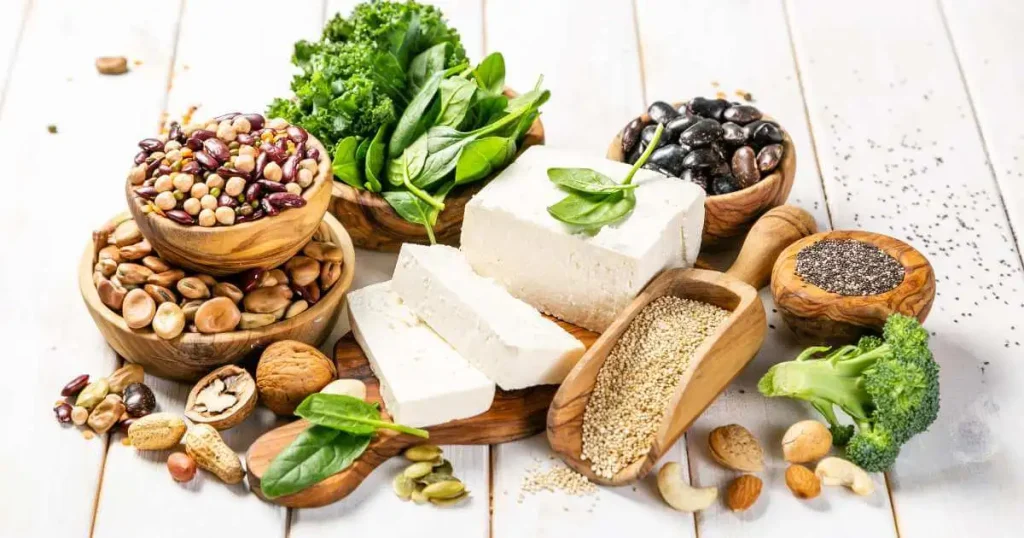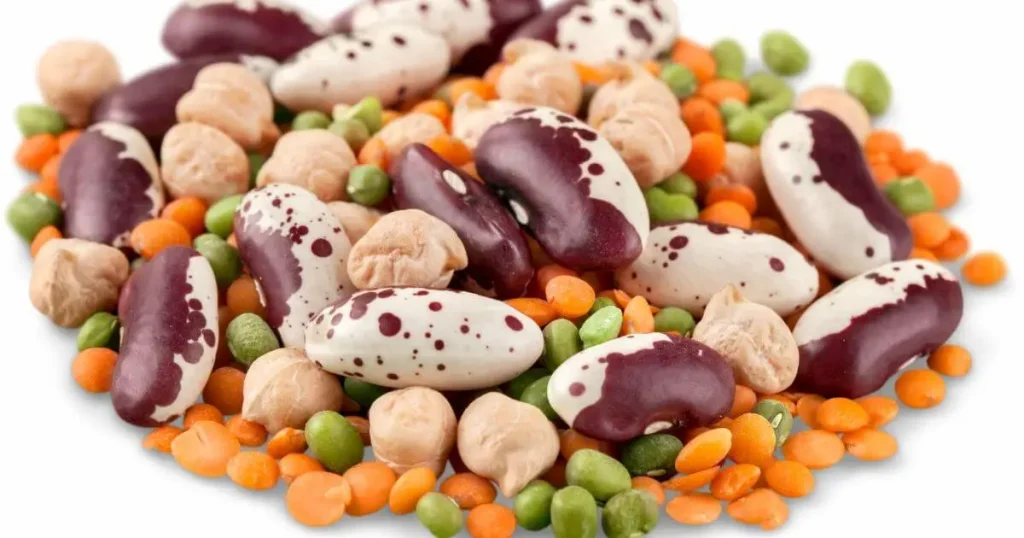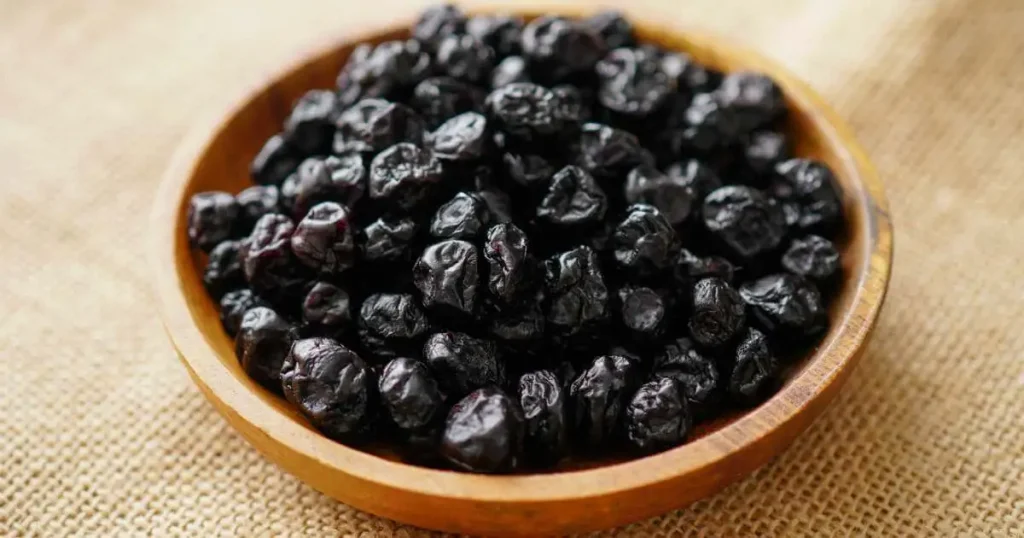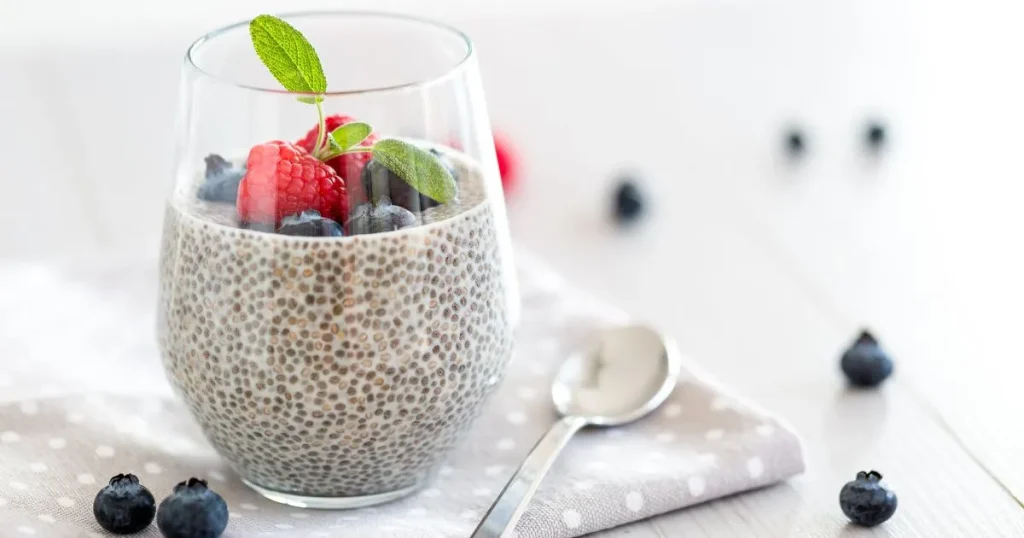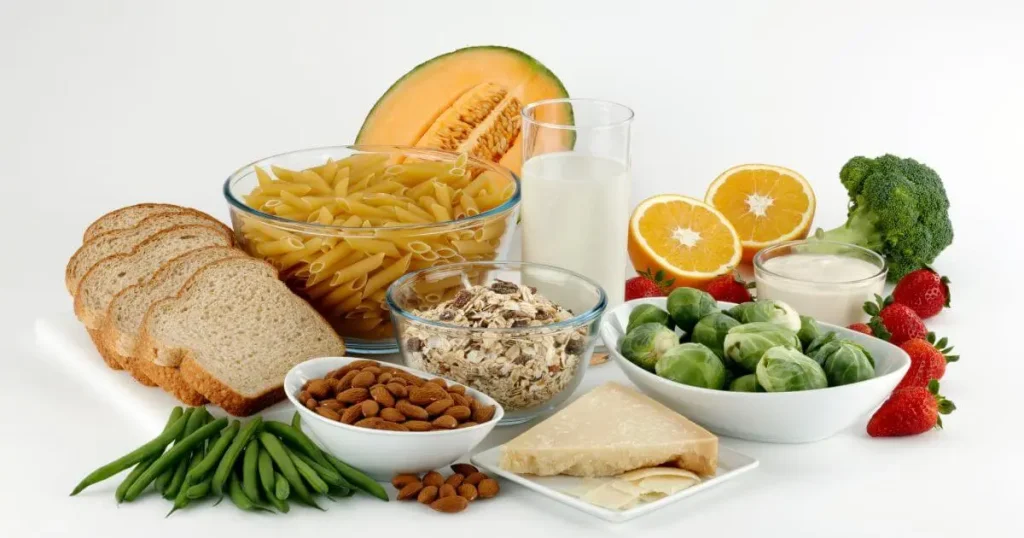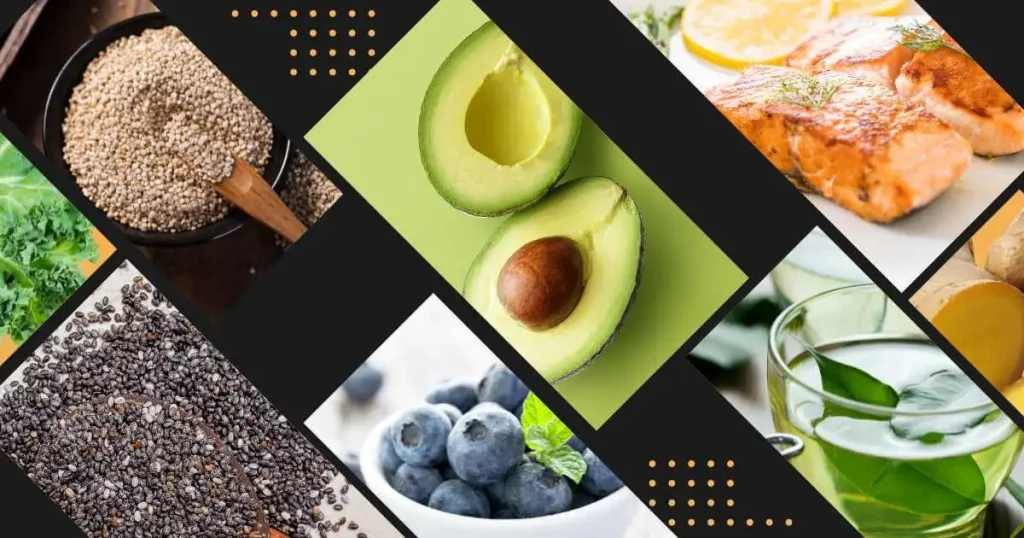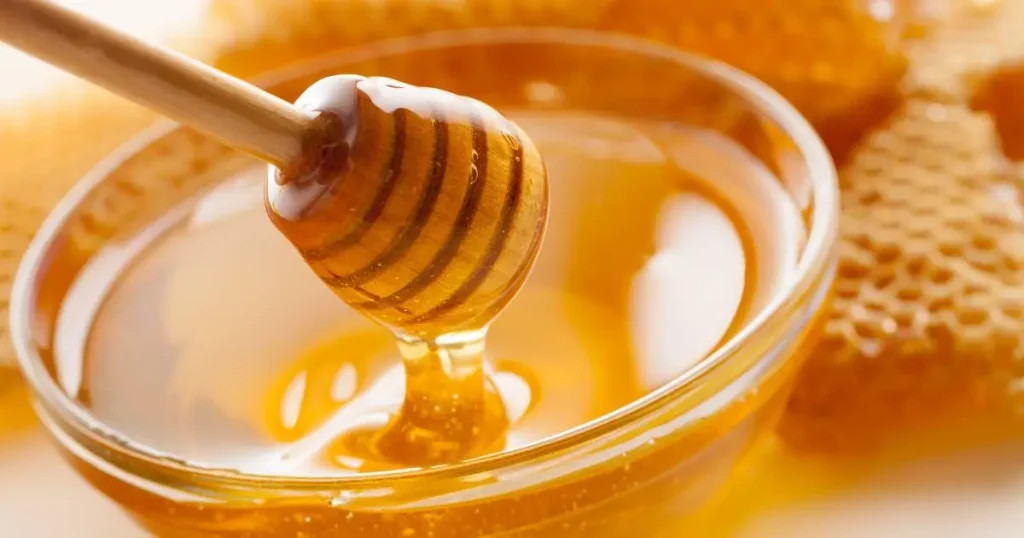The Complete Intermittent Fasting Guide for Beginners
Intermittent fasting (IF) has become a popular way to improve health and lose weight. Unlike traditional diets, intermittent fasting doesn’t tell you what foods to eat, but rather when to eat them. Many people find this approach easier due to its flexibility and offering great results. Intermittent fasting can help the body use its stored energy better, leading to benefits like fat loss and increased energy levels. This guide will explain everything, you need to know about intermittent fasting, especially if you’re a beginner looking for a simple but effective approach. Intermittent Fasting Guide What is Intermittent Fasting? Intermittent fasting is an eating pattern where you alternate between periods of eating and fasting. It’s about when to eat instead of skipping meals or starving yourself. Intermittent Fasting offers different methods to follow to get the required results. These methods are based on only one basic rule: eat during specific hours and fast for the rest. For example, with the 16/8 method, you eat all your meals in an 8-hour window and fast for the other 16 hours. This gives your body a break from constantly processing food, allowing it to focus on other important tasks like burning fat or repairing cells. During fasting, your body switches from burning sugar for energy to burning stored fat, which is one reason many people lose weight with this method. Intermittent fasting isn’t just about weight loss; it also improves your overall health. This type of fasting is based on the idea, that our ancestors didn’t always have access to food, so their bodies adapted to go long periods without eating. Intermittent fasting mimics this natural eating pattern, which may explain why it works so well for some people. Benefits of Intermittent Fasting Intermittent fasting offers several benefits ranging beyond just losing weight. Let’s take a closer look at some of the main advantages: 1.Hassle-free way of weight Loss and Fat Burning One of the biggest reasons people try intermittent fasting is for weight loss. By eating during a shorter time frame, you naturally consume fewer calories. Fasting also helps your body burn stored fat because it runs out of sugar to use for energy. This can lead to gradual, sustainable weight loss without the need for strict calorie counting or complicated diets. 2.Helps improving Metabolism Fasting can boost your metabolism by lowering insulin levels and increasing human growth hormone (HGH) levels. Lower insulin helps your body break down fat more efficiently, while higher HGH levels help with muscle growth and repair. This combination can make you feel more energized and improve your body’s ability to manage food. 3.Beneficial to brain function Intermittent fasting may also benefit your brain. Studies suggest that fasting increases the production of a protein called brain-derived neurotrophic factor (BDNF). This protein supports the health of your brain cells and may help with learning and memory. Many people who practice intermittent fasting report feeling more focused and clear-headed, especially during fasting hours. 4.Friendly to longevity and disease prevention According to some studies, intermittent fasting may help you live longer. Fasting reduces inflammation and promotes cellular repair, which can help protect your body from diseases like heart disease, cancer, and Alzheimer’s. While more research is needed, the early results are promising for anyone looking to improve their long-term health. 5.Simple, flexible, and user-friendly Being user-friendly, simple, and easy, intermittent fasting doesn’t involve complicated meal plans or strict food rules. You can choose a fasting schedule that works for your lifestyle, making it easier to stick with than traditional diets. Plus, you don’t need to count calories or cut out entire food groups, which can make the process feel less restrictive. Types of Intermittent Fasting Plans Intermittent fasting (IF) offers several plans, each with its own approach. These plans differ in how long you fast and how long you eat. Picking the right one depends on your lifestyle and personal goals. 16/8 Method This is one of the most popular methods. You fast for 16 hours, and then you eat during an 8-hour window. For example, if you eat your first meal at 12:00 p.m., you stop eating by 8:00 p.m. During the fasting hours, only water, tea, or black coffee are allowed. Many people find this method easier because it fits into their regular schedule, like skipping breakfast but eating lunch and dinner. 5:2 Diet In the 5:2 diet method, you are supposed to eat normally for five days in a week. On the other two days, you reduce your calorie intake to about 500-600 calories. These two days don’t have to be back-to-back. The idea is to let your body rest from food but still get some energy on fasting days. Eat-Stop-Eat method This plan involves fasting for a full 24 hours, once or twice a week. For example, if you finish dinner at 7:00 p.m., you won’t eat again until 7:00 p.m. the next day. This method can be a bit harder, but it helps to reset your body. Alternate Day Fasting (ADF) With this plan, you alternate between eating and fasting days. On fasting days, you either eat very little (around 500 calories) or nothing at all. On eating days, you eat normally. While this can be challenging, it may lead to faster weight loss. The Warrior Diet The Warrior Diet method involves fasting for 20 hours and eating all your calories in a 4-hour window. During the 20-hour fast, you can have small snacks like raw fruits or vegetables. In the eating window, you focus on one large meal. Each fasting plan comes with different benefits and challenges. It’s important to choose the one that fits your routine best. How to Start Intermittent Fasting as a Beginner Starting intermittent fasting doesn’t have to be difficult. By taking small steps, and making gradual changes, you can easily build up to longer fasting periods. 1. Choose the Right Fasting Plan Look at the different types of intermittent fasting and choose the one that fits best for you. If
The Complete Intermittent Fasting Guide for Beginners Read More »



